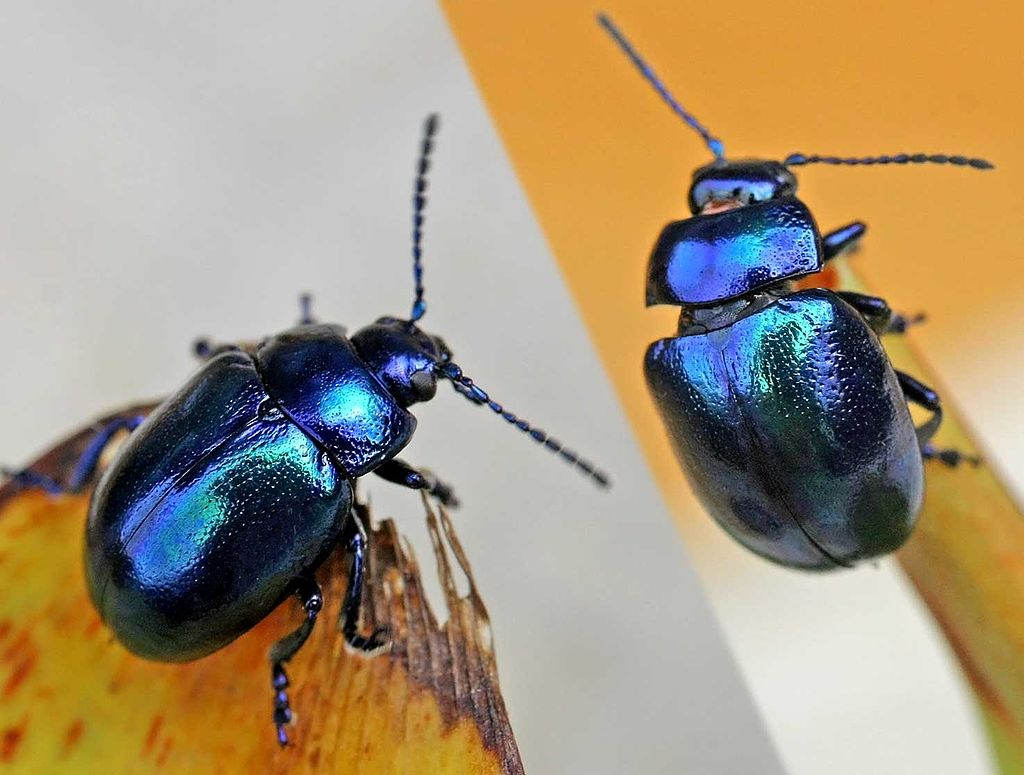The halloween genes
The halloween genes are a set of genes identified in Drosophila melanogaster that influence embryonic development. All of the genes code for cytochrome P450 enzymes in the ecdysteroidogenic pathway (biosynthesis of ecdysone from cholesterol). Ecdysteroids such as 20-hydroxyecdysone and
Chrysolina beetles, including Chrysolina coerulans, have cardiac glycosides (including xylose) in their defensive glands
The defensive secretions of some chrysomelid beetles belonging to the genera Chrysolina, Chrysochloa, and Dlochrysa contain complex mixtures of cardenolides. The spectral data for some of these compounds suggest that they are monohydroxylated digitoxigenin derivatives linked to a pentose (such as xy
Xylose is the first saccharide added to the serine or threonine in the proteoglycan type O-glycosylation
Xylose is the first saccharide added to the serine or threonine in the proteoglycan type O-glycosylation, and, so, it is the first saccharide in biosynthetic pathways of most anionic polysaccharides such as heparan sulfate and chondroitin s
Xylose is the main building block for the hemicellulose
Xylose is the main building block for the hemicellulose xylan, which comprises about 30% of some plants (birch for example), far less in others (spruce and pine have about 9% xylan). Xylose is otherwise pervasive, being found in the embryos of most edible plants. It was first isolated from wood
Reduction of xylose by catalytic hydrogenation produces the sugar substitute xylitol
Xylose (cf. Ancient Greek: ξύλον, xylon, “wood”) is a sugar first isolated from wood, and named for it. Xylose is classified as a monosaccharide of the aldopentose type, which means that it contains five carbon atoms and includes an aldehyde functional group. It is deriv


